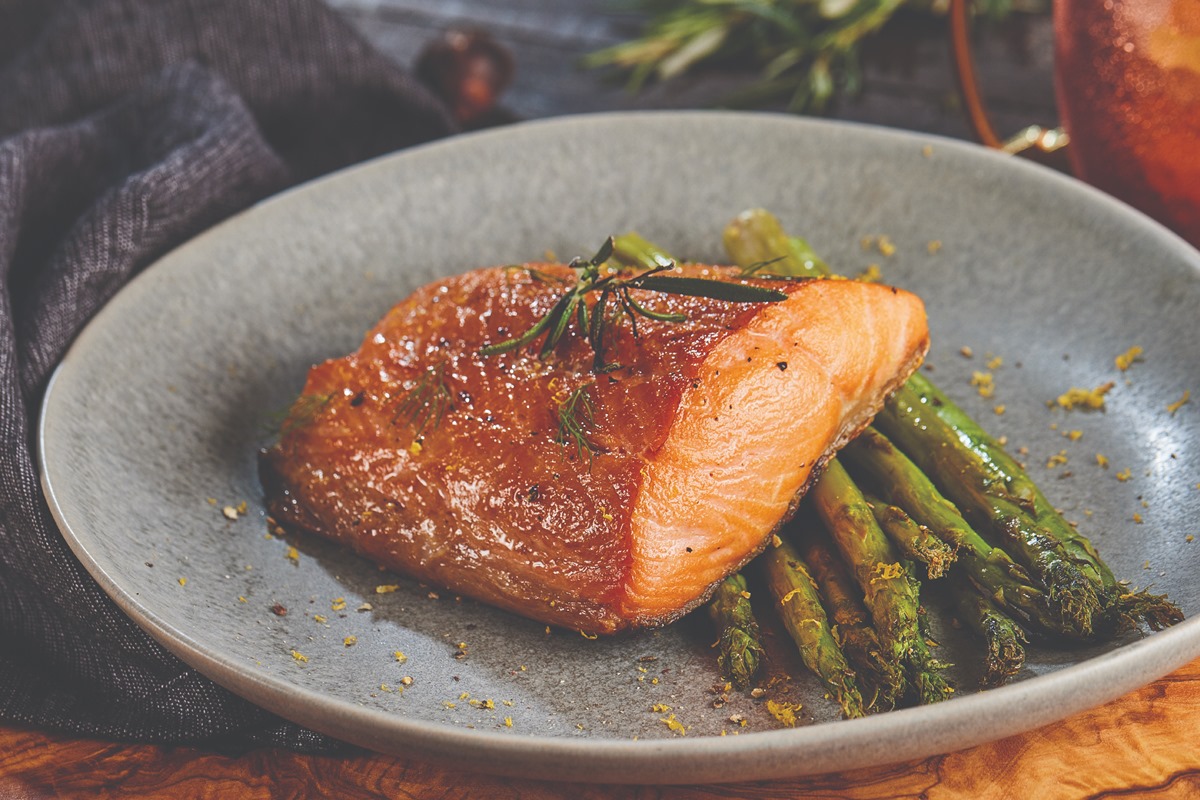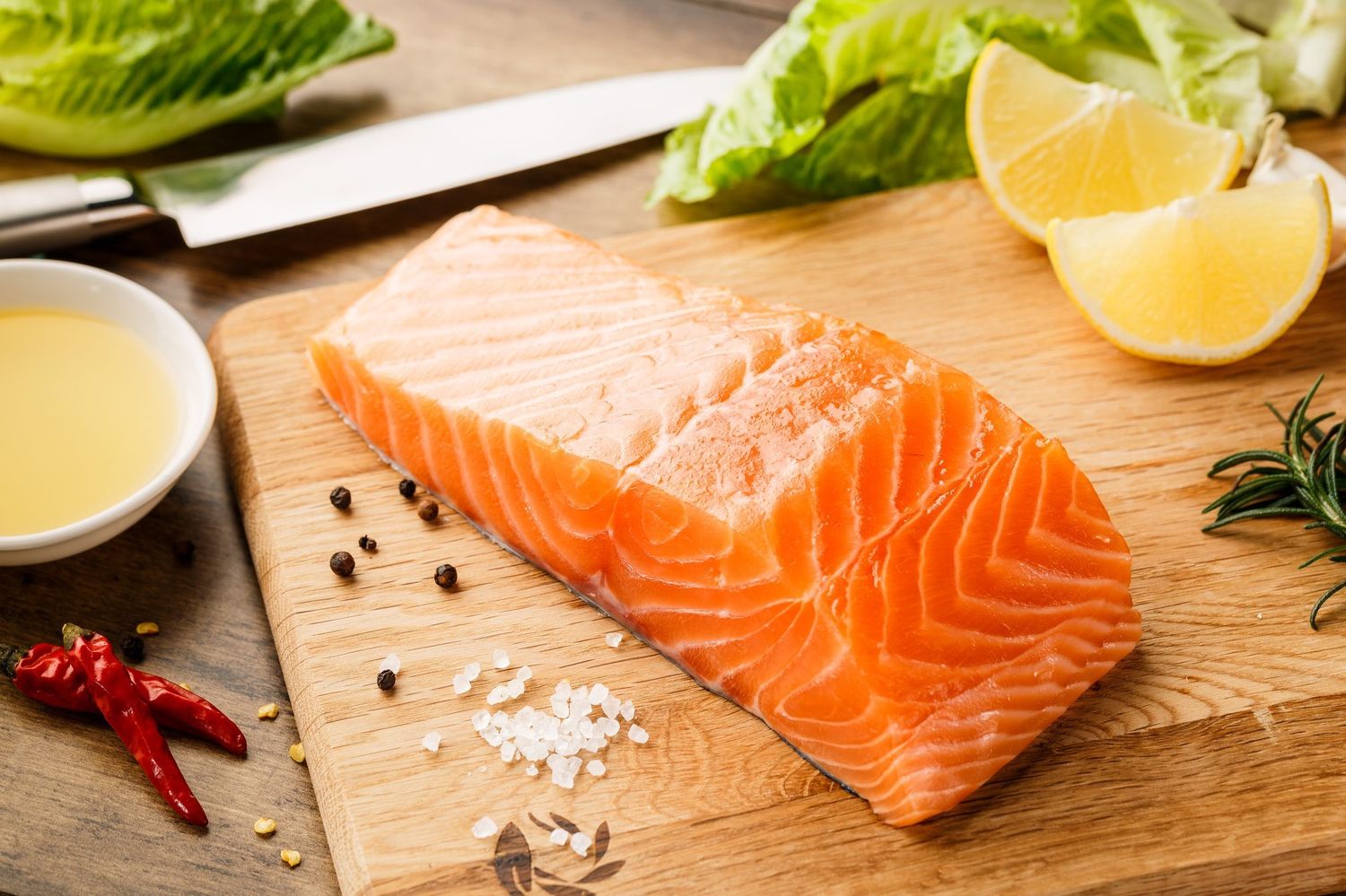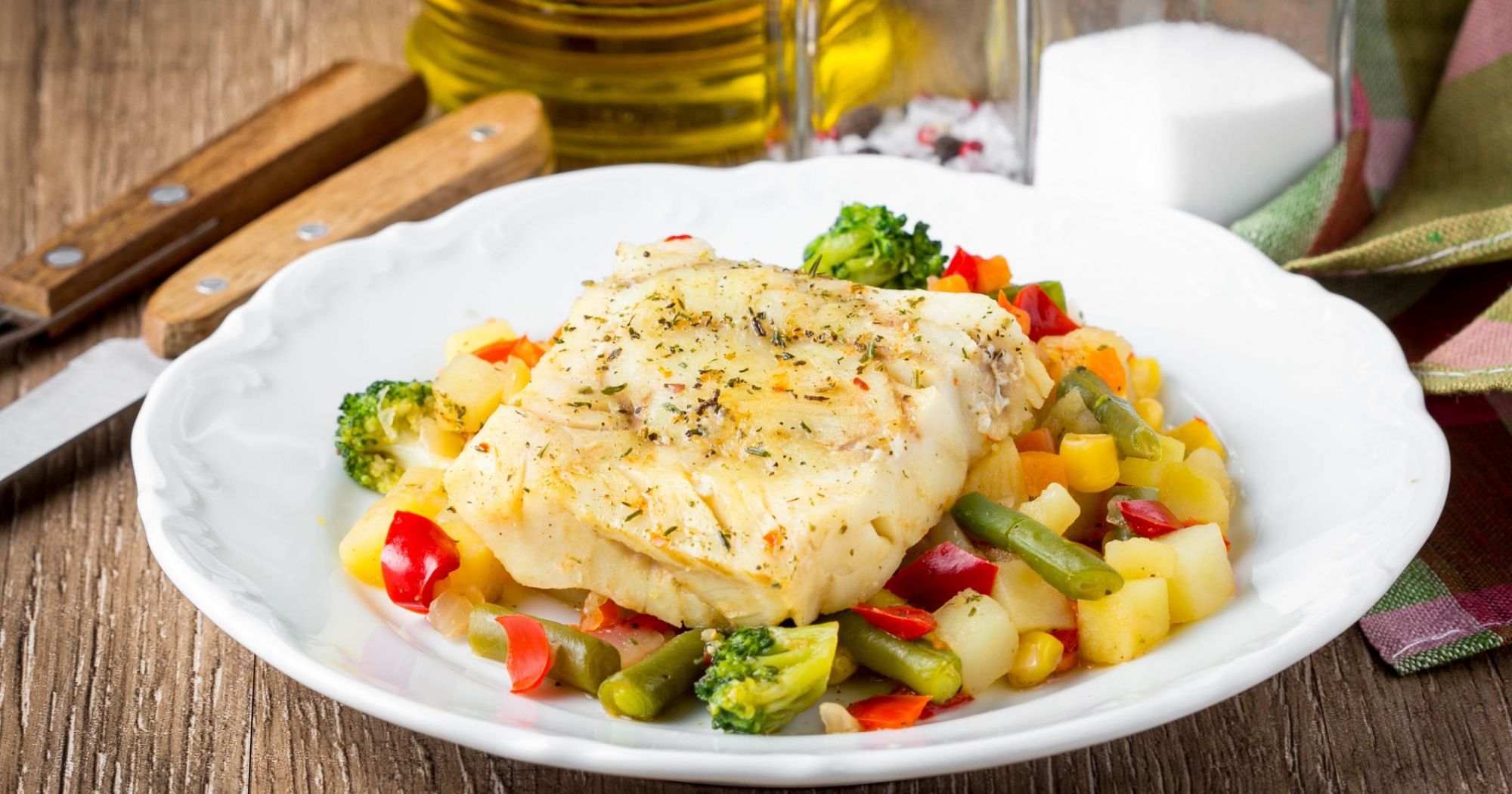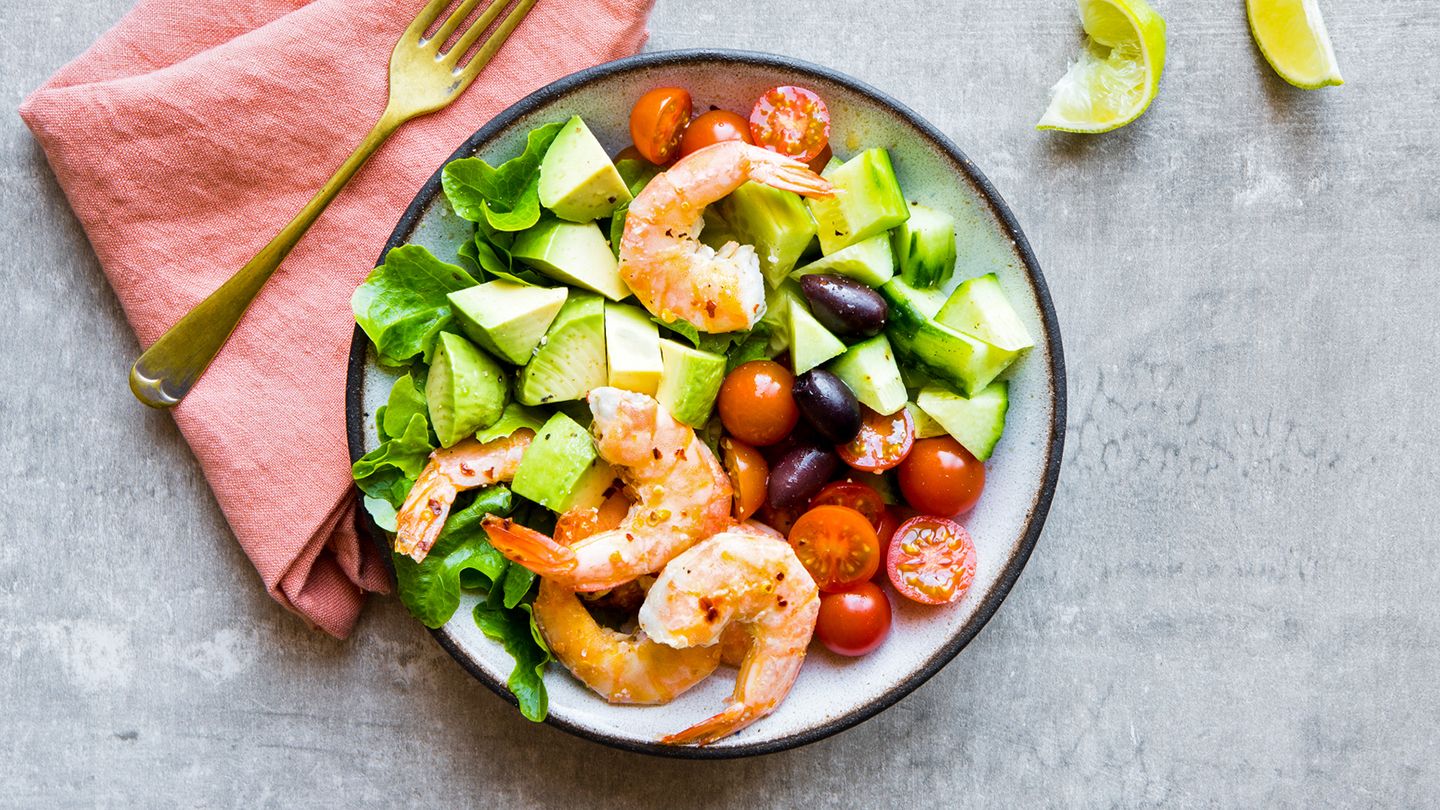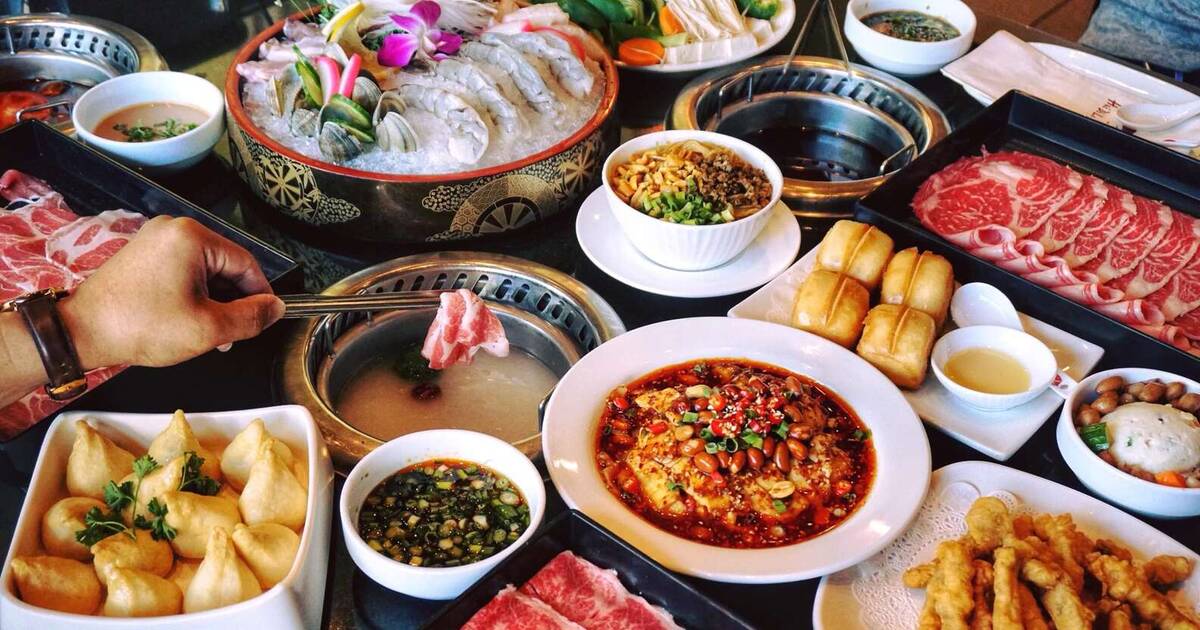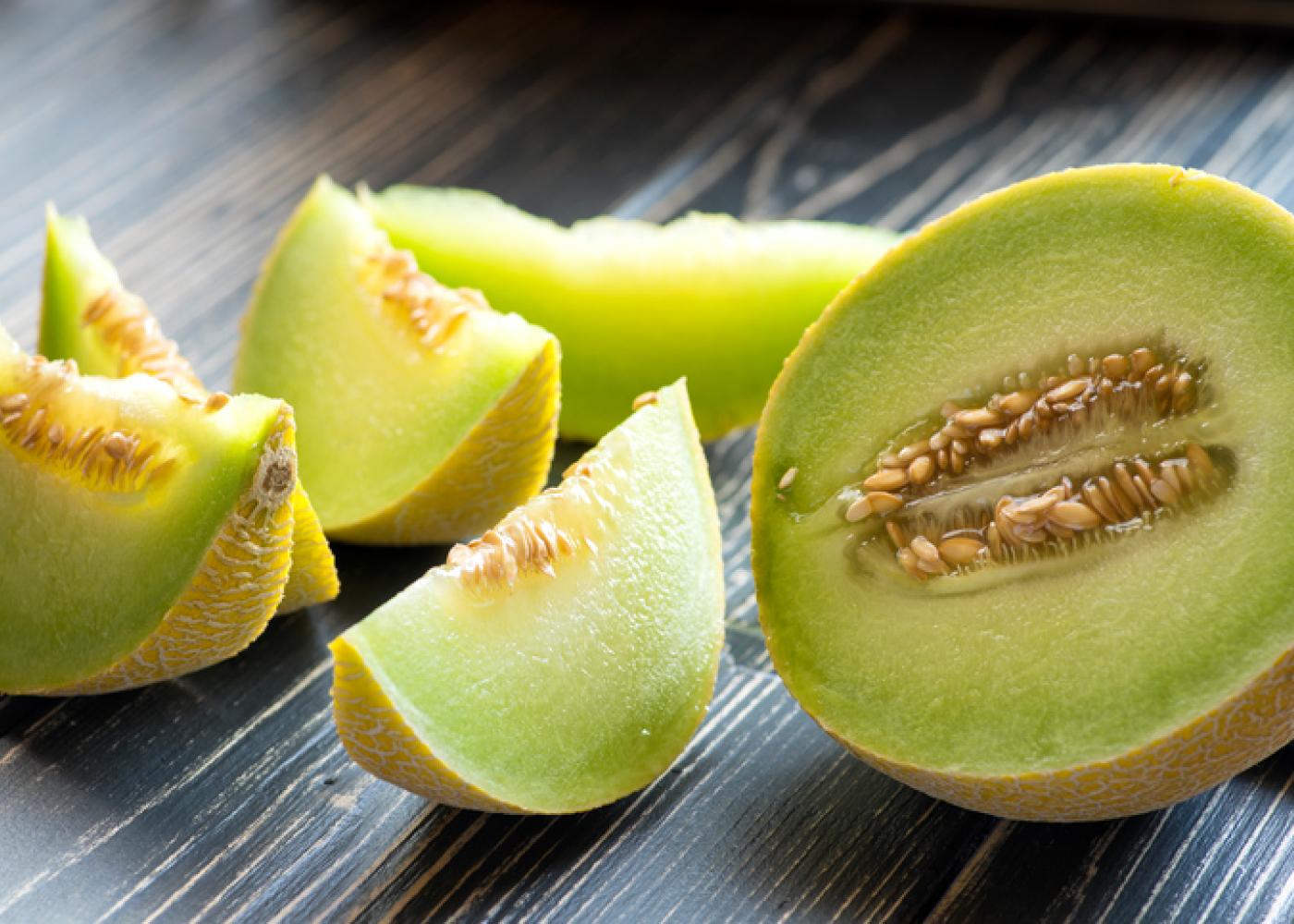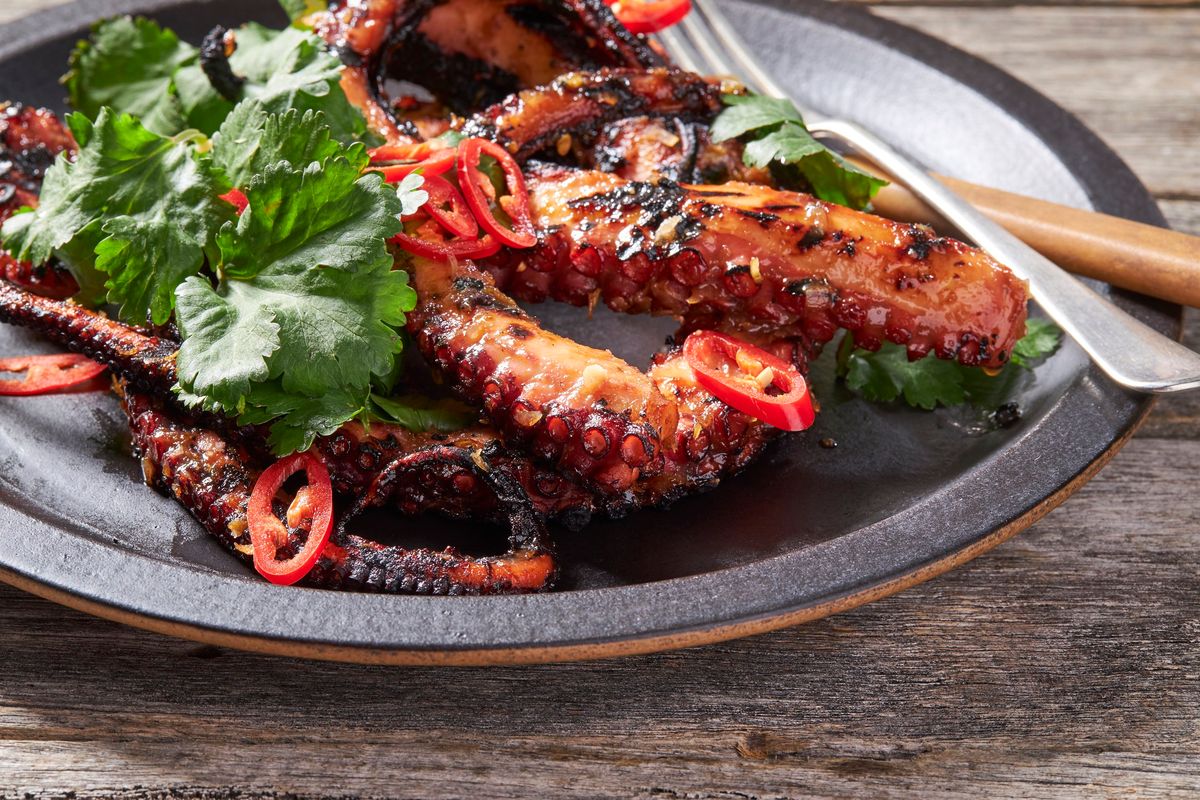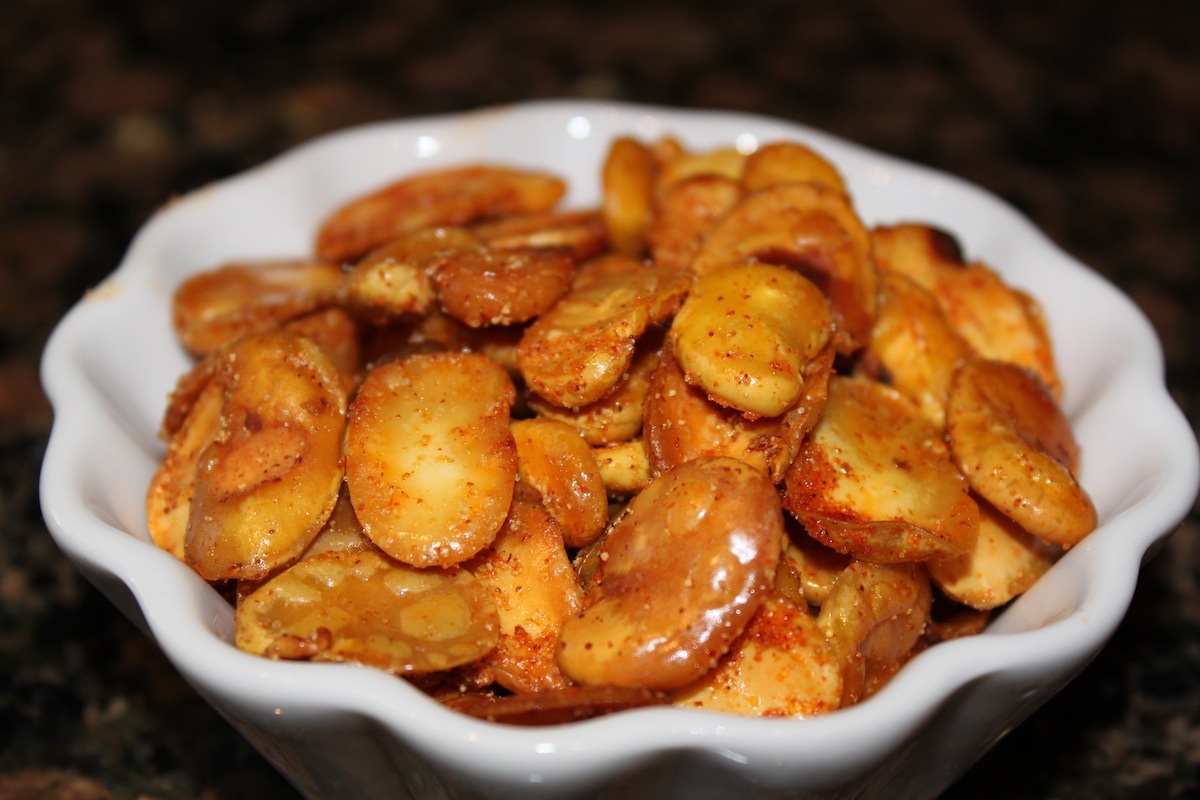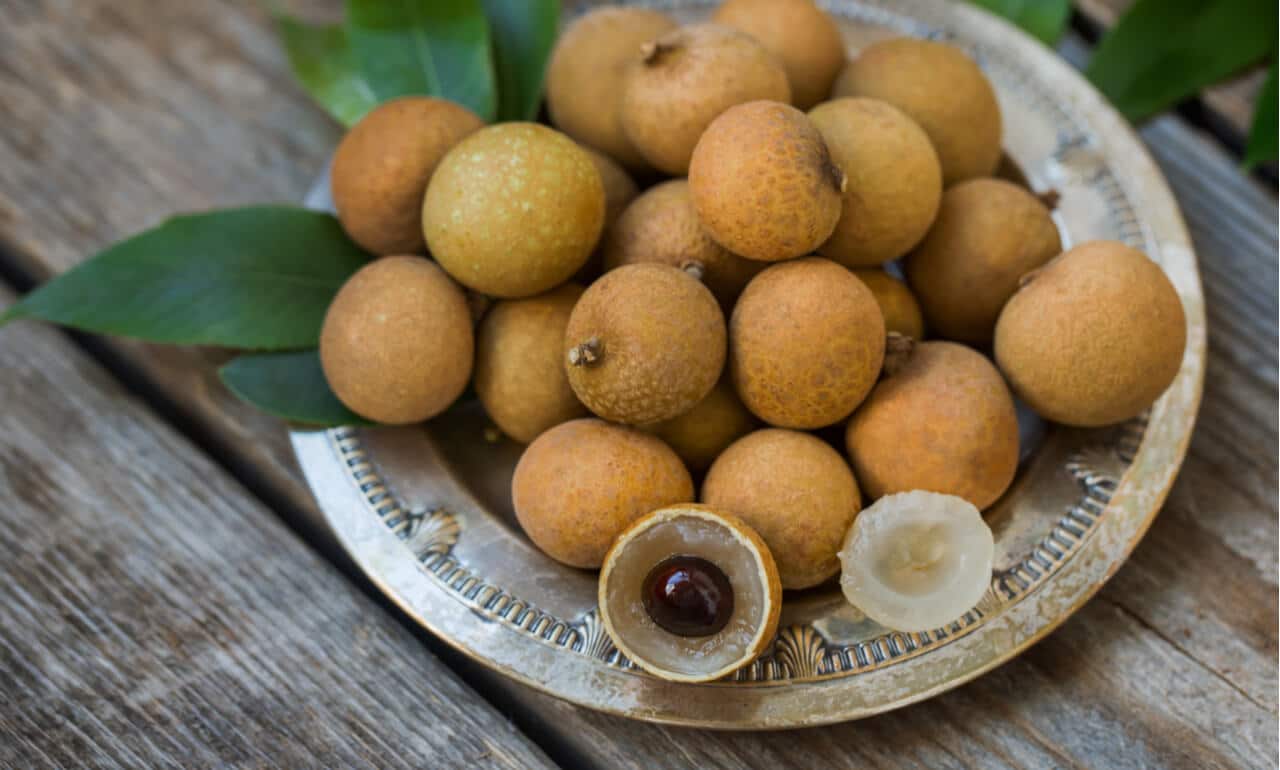Enjoying Alaskan Salmon Raw After Freezing
Alaskan salmon is a delicious and nutritious fish that can be enjoyed in a variety of ways. One popular method of enjoying Alaskan salmon is by consuming it raw after freezing. This process not only preserves the freshness of the fish but also enhances its flavor. If you’re wondering how to properly prepare and enjoy Alaskan salmon raw after freezing, here are some simple steps to follow:
Step 1: Selecting the Right Salmon
When it comes to enjoying Alaskan salmon raw, it’s crucial to start with high-quality fish. Look for wild-caught Alaskan salmon, as it tends to have a superior flavor and texture compared to farmed varieties. Additionally, ensure that the salmon you choose is fresh and free from any unpleasant odors.
Step 2: Freezing the Salmon
Before consuming raw salmon, it’s important to freeze it properly to eliminate any potential parasites or bacteria. Place the salmon in a freezer-safe container or wrap it tightly in plastic wrap. Ensure that the salmon is stored at a temperature of 0°F (-18°C) or below. Freeze the salmon for at least 7 days to ensure that any potential parasites are destroyed.
Step 3: Thawing the Salmon
Once the salmon has been frozen for the appropriate amount of time, it’s time to thaw it before consumption. Thaw the salmon in the refrigerator for 12-24 hours. This gradual thawing process will help maintain the texture and flavor of the fish.
Step 4: Preparing the Salmon
After the salmon has been thawed, it’s important to prepare it properly before consuming it raw. Carefully remove the skin and any bones from the salmon. Then, slice the salmon into thin, uniform pieces to ensure even marination and flavor distribution.
Step 5: Marinating the Salmon
Marinating the salmon can enhance its flavor and texture. Prepare a simple marinade using soy sauce, sesame oil, and a touch of wasabi for a kick. Place the sliced salmon in the marinade and refrigerate for 30-60 minutes to allow the flavors to infuse into the fish.
Step 6: Serving the Salmon
Once the salmon has been marinated, it’s ready to be served. Arrange the salmon slices on a plate and garnish with thinly sliced green onions and a sprinkle of sesame seeds. Serve the salmon with a side of pickled ginger and soy sauce for dipping.
By following these simple steps, you can safely and deliciously enjoy Alaskan salmon raw after freezing. Whether you’re a fan of sashimi or simply enjoy the clean, fresh flavor of raw fish, Alaskan salmon is a versatile and delectable option for raw consumption.
Remember to always use caution when consuming raw fish and ensure that it has been properly frozen and prepared to minimize any potential health risks. With the right techniques and a focus on quality, you can savor the natural goodness of Alaskan salmon in its raw form.
More Delicious Ways to Enjoy Frozen Alaskan Salmon
After learning how to prepare Alaskan salmon for raw consumption, venture into the kitchen to explore a variety of delightful recipes that showcase its versatility and rich flavor. For beginners, the Classic Alaskan Salmon Sashimi is a perfect starting point, offering a pure taste of the fish's natural flavor. Those looking for a heartier meal might enjoy the Alaskan Salmon Poke Bowl, which combines fresh, vibrant ingredients in a satisfying dish. For a creative twist on traditional sushi, the Alaskan Salmon Sushi Donuts are not only fun to make but also a visual treat. Each recipe offers a unique way to enjoy Alaskan salmon, making them ideal for any occasion from casual dinners to special gatherings.
